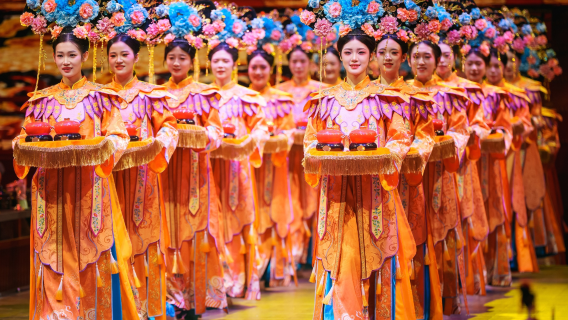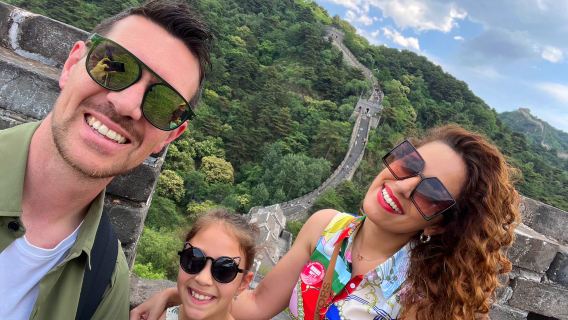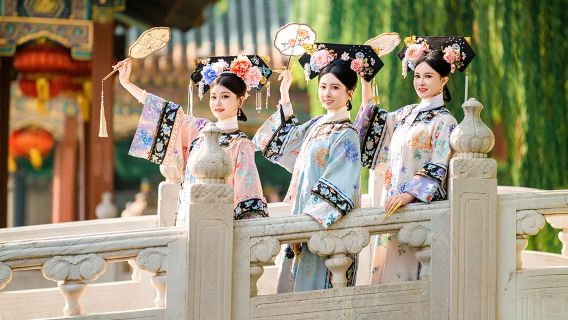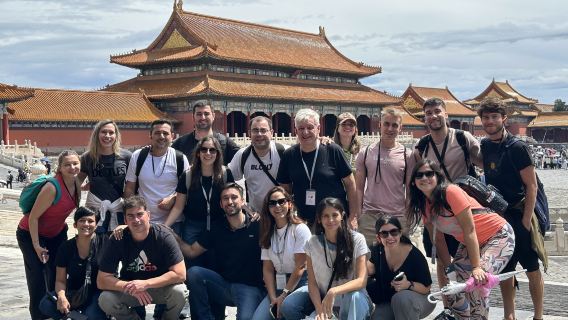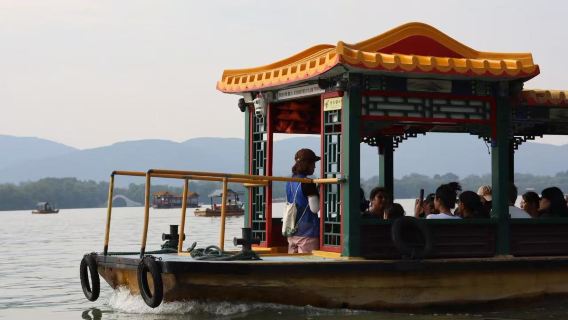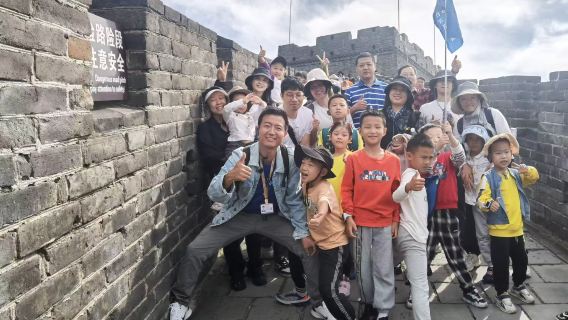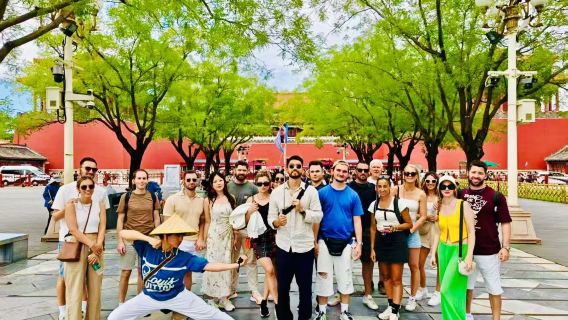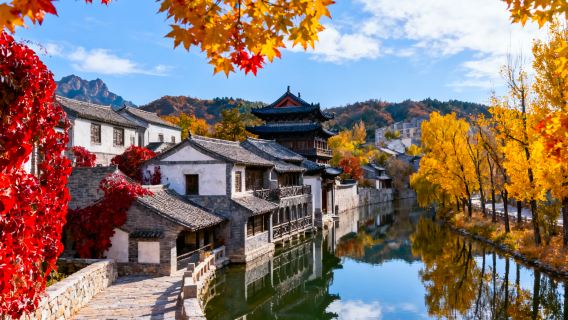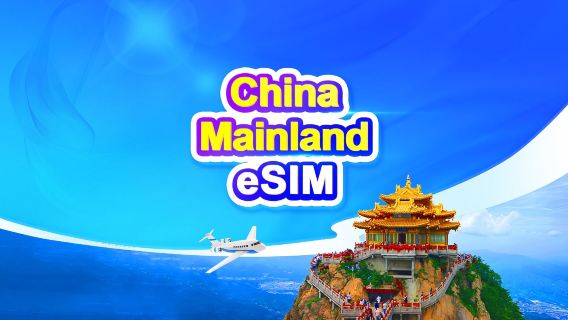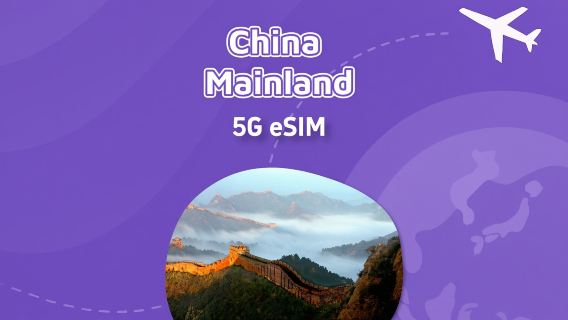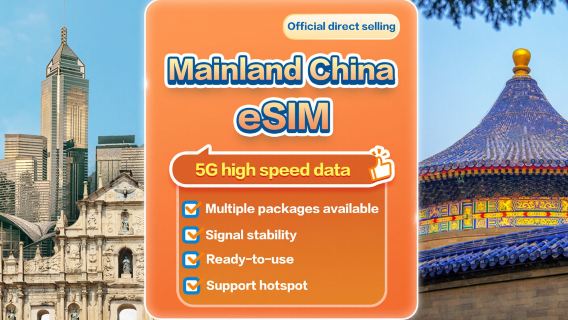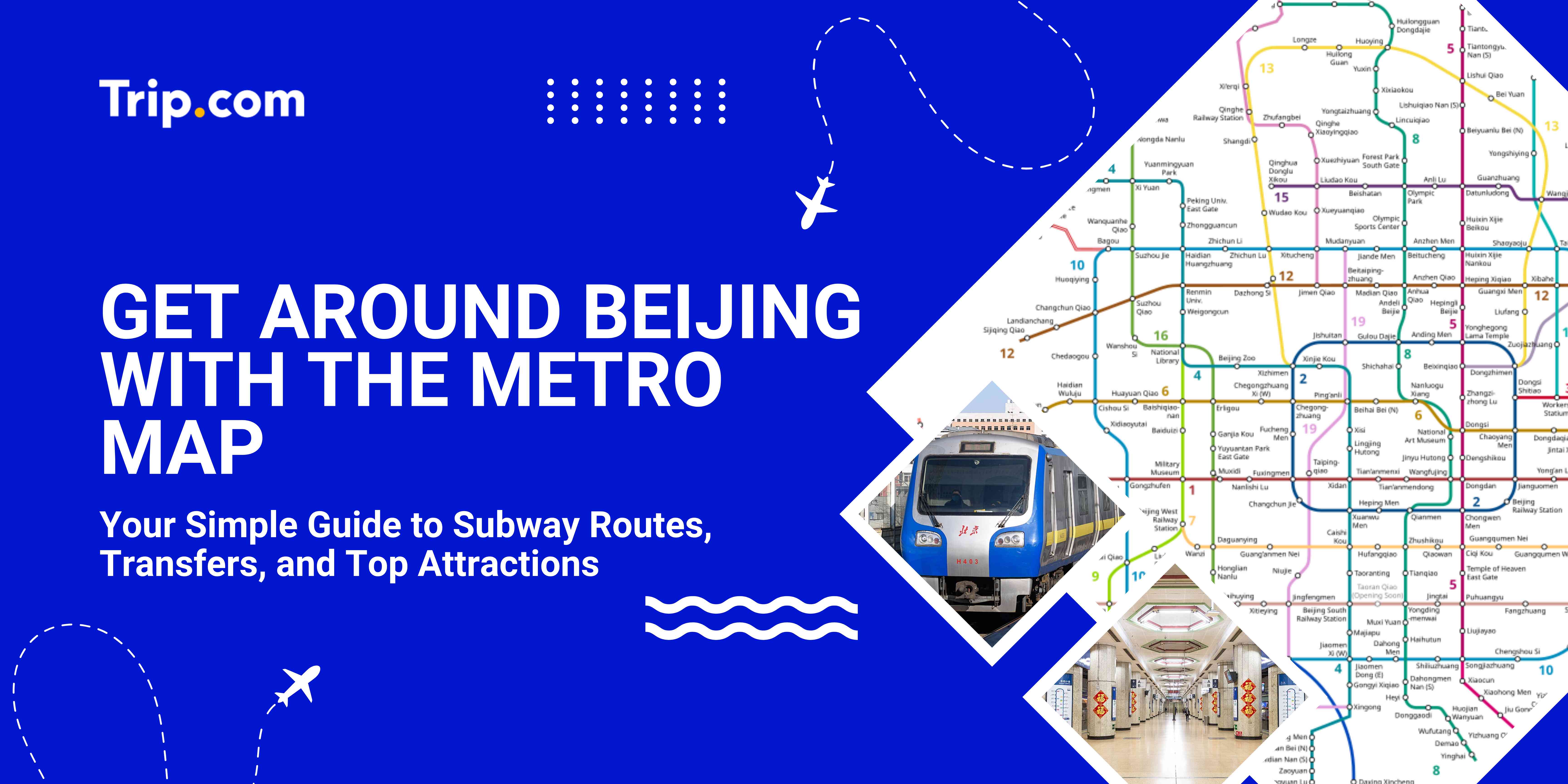
Beijing is easy to explore once you get used to its metro system. It connects major areas, from Tiananmen Square and the Forbidden City to Sanlitun and Wangfujing. Trains are on time, stations are clean, and signs are in both Chinese and English, making it simple even for first-time visitors. Just remember to check the metro’s operating hours, as most lines close around midnight.
Overview of Beijing Metro System
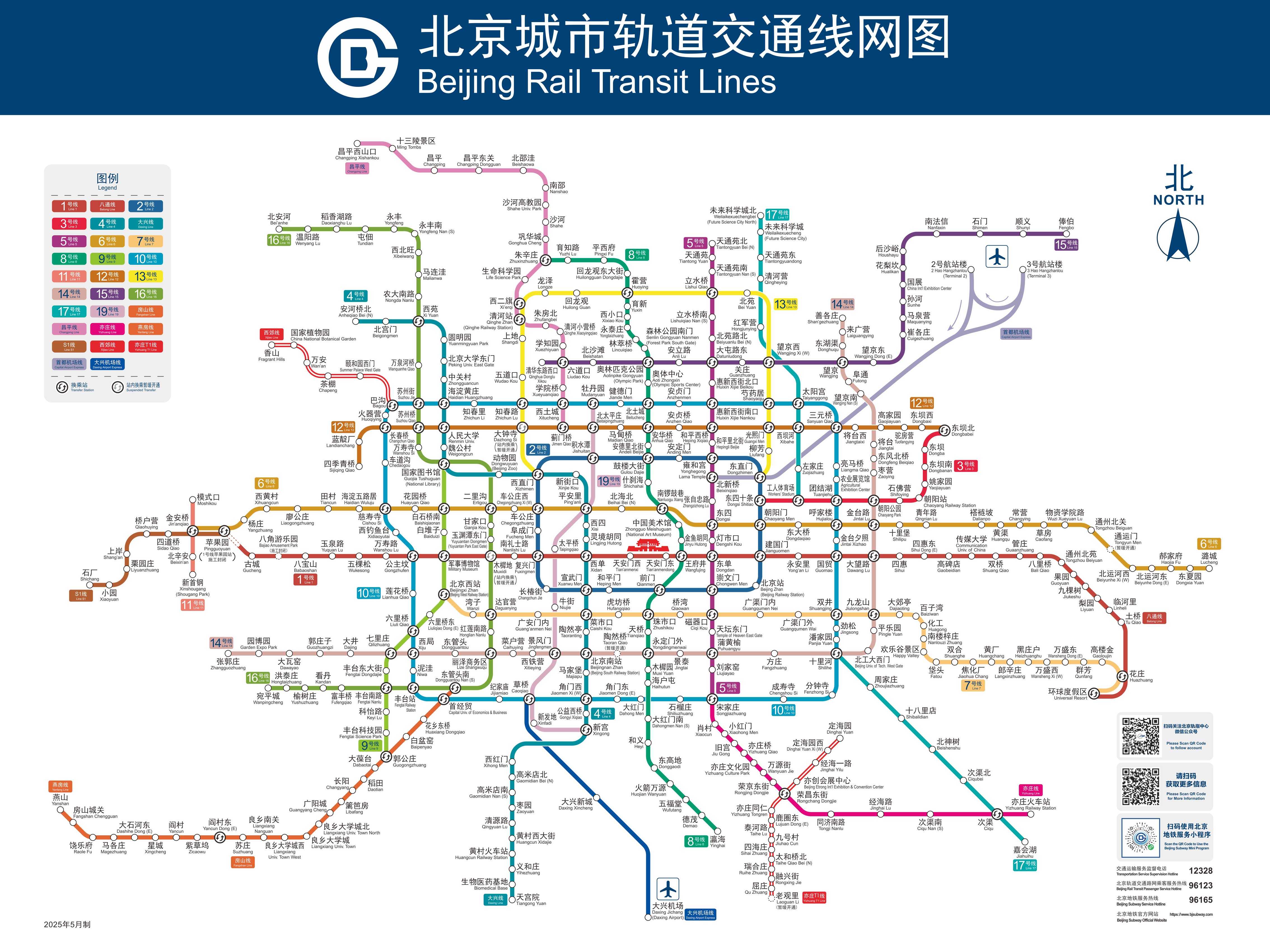
Sources: bjsubway.com
The Beijing Metro remains one of the fastest and most reliable ways to get around the city. The network keeps expanding, connecting more neighborhoods and attractions every year.
As of 2025:
- There are 29 lines in operation, including the newest sections of Line 3 and Line 12.
- The total network length is around 879 kilometers.
- Line 3 (Phase 1) and Line 12 officially opened in December 2024, improving east–west travel and easing congestion in the city center.
- Line 17 also started partial operation, connecting key areas between Chaoyang and Shilihe.
- Construction continues on several extensions, including parts of Line 6, Line 13, and Line 28, which are expected to open soon.
The metro now reaches almost every part of Beijing, making it one of the most convenient ways to explore the city’s major landmarks, shopping districts, and residential areas.
Beijing Metro Lines
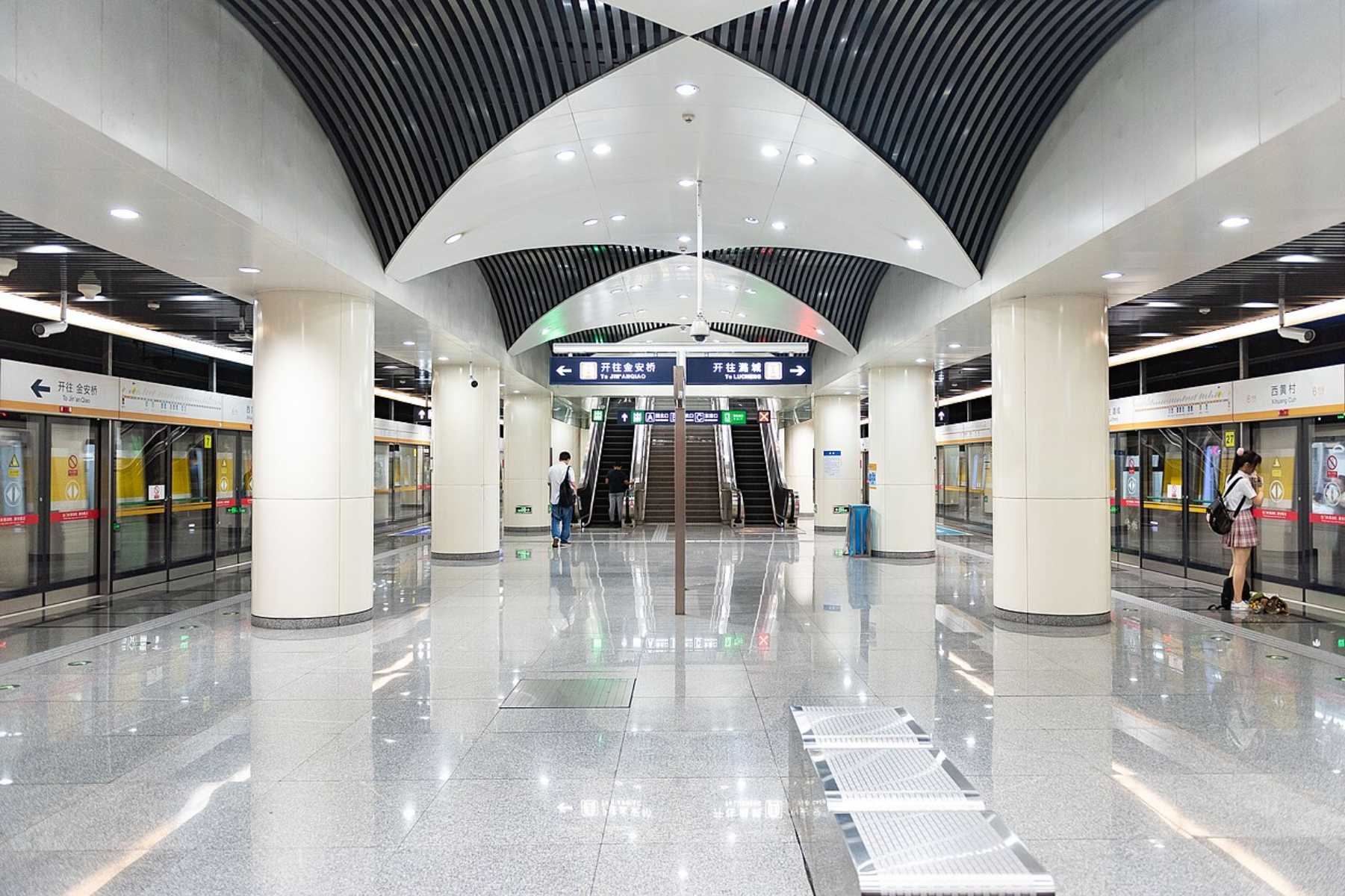
As of 2025, the Beijing Metro operates around 27 lines (including new Line 3 and Line 12), covering more than 870 km and nearly 490 stations. It connects the city center with suburban districts, offering one of the world’s most extensive urban transit networks.
Most lines run from around 05:00–05:30 AM until 11:00 PM, with trains every 3–8 minutes depending on the time of day.
| Line | Main Route / Terminals | Approx. First / Last Trains | Key Notes / Special Cases |
|---|---|---|---|
Line 1 / Batong | Gucheng ⇄ Universal Resort (via Sihui East / Batong extension) | First from Gucheng ~ 4:58 AM; last eastbound from Pingguoyuan ~ 10:55 PM; last westbound from Sihui East ~ 11:15 PM | The line and its Batong extension share service; check for branch timing. |
Line 2 | Loop (inner / outer directions) | First inner loop departs ~ 5:03 AM; first outer ~ 5:09 AM; last inner loop ~ 10:55 PM; last outer ~ 11:14 PM | Because it’s a loop line, there is no fixed “terminal” in a simple sense. |
Line 4 / Daxing | Anheqiao North ⇄ Tiangongyuan (via Daxing extension) | First ~ 5:05 AM at Tiangongyuan; last full-route ~ 22:45 PM | Some trains may terminate early; schedule differs by station. |
Line 5 | Tiantongyuan North ⇄ Songjiazhuang | First ~ 5:00 AM; last ~ 11:11 PM (depending on direction) | Typical daytime service; check for direction-specific last trains. |
Line 6 | Jin’anqiao ⇄ Lucheng | First ~ 5:06 AM; last ~ 10:24 PM | This line spans a long east-west route, so interval and terminal times vary. |
Line 7 | Beijing West ⇄ Universal Resort | First ~ 5:29 AM; last ~ 10:59/11:00 PM | The “Universal Resort” extension is part of its route now. |
Line 8 | Zhuxinzhuang ⇄ Yinghai | First ~ 5:09 AM; last ~ 10:40 PM | Covers the Olympic Green area and southern extension. |
Line 9 | Guogongzhuang ⇄ National Library | ~5:30 AM – ~11:00 PM | Connects southwest Beijing with cultural/academic hubs. |
Line 10 | Full outer loop (circular) | First inner-loop ~ 5:20 AM; first outer-loop ~ 6:12 AM; last inner ~ 11:29 PM; last outer ~ 11:06 PM | As a loop line, service times differ on inner vs. outer directions. |
Line 11 | Jin’anqiao ⇄ Xinshougang / Winter Olympic Branch | Operates as a branch / shuttle | A small line / branch (Winter Olympic support line). |
Line 12 | (New line) — fully underground | Opened December 15, 2024 | Route is ~ 27.5 km with 20 stations; fully underground. |
Line 13 | Xizhimen ⇄ Dongzhimen (horseshoe in the north) | First trains depart ~ 5:35 AM; last full-route ~ 10:42 PM; partial/short-route trains run till ~ 11:45 PM | In late evening, some trains run only partial segments. |
Line 14 | Zhangguozhuang ⇄ Shangezhuang (with branches) | Some stations: e.g. Beijing South first/last ~ 5:27 AM / 11:12 PM | Detailed station-specific times vary widely. |
Line 15 | Qinghuadongluxikou ⇄ Fengbo | ~ 5:30 AM to late evening | Key route into northern suburbs. |
Line 16 | Bei’anhe ⇄ Yushuzhuang | ~ 5:30 AM to ~ 11:30 PM (approx) | Serves more remote districts; intervals may be longer off-peak. |
Line 17 | (Partially open) | For opened segments, ~ 5:30 AM to ~ 11:30 PM | Some middle sections not yet in service as of 2025. |
Line 19 | Mudanyuan ⇄ Xingong | ~ 5:30 AM – ~ 11:30 PM | Express north–south line linking central & southern districts. |
Changping Line | Xierqi ⇄ Changping Xishankou | ~ 5:30 AM – ~ 11:00 PM | Serves northern residential / university areas. |
Fangshan Line | Suzhuang ⇄ Dongguantou South | ~ 5:30 AM – ~ 11:00 PM | Southwest extension line. |
Yanfang Line | Yancun East ⇄ Yanshan | ~ 5:30 AM – ~ 11:00 PM | Serves farther suburbs in Fangshan District. |
Yizhuang Line | Songjiazhuang ⇄ Yizhuang Railway Station | ~ 5:30 AM – ~ 11:00 PM | Serves the industrial and new development zone in Yizhuang. |
S1 Line | Jin’anqiao ⇄ Shichang | ~ 5:30 AM – ~ 10:30 PM | Uses maglev or light rail style for western suburbs. |
S2 Line | Beijing North ⇄ Yanqing | ~ 6:00 AM – ~ 9:00 / 9:30 PM | Suburban line reaching the Great Wall area. |
Airport Express | Dongzhimen ⇄ Capital Airport (Terminals 2 & 3) | ~ 6:00 AM – ~ 10:30 / 11:00 PM | Fixed fare; less frequent intervals. |
🕰 General Operating Trends & Tips
- Most metro lines run between ~ 5:00 AM and ~ 11:00 PM, with variation depending on direction and station.
- During rush hours (≈ 7:00–9:30 AM and 5:00–7:30 PM), trains typically arrive every 3–5 minutes.
- Off-peak gaps may widen to 6–10 minutes (or more on less busy branches).
- The Airport Express line starts later (around 6:00 AM) and ends around 22:30–23:00.
- The system expanded on December 15, 2024 with the opening of Line 3 and Line 12, and an extension of the Changping line.
- Some lines (especially newer, branch, or suburban lines) may have less frequent service or shorter operating hours.
Top Things To do In Beijing
Popular Metro Lines and Attractions You Can Reach in Beijing
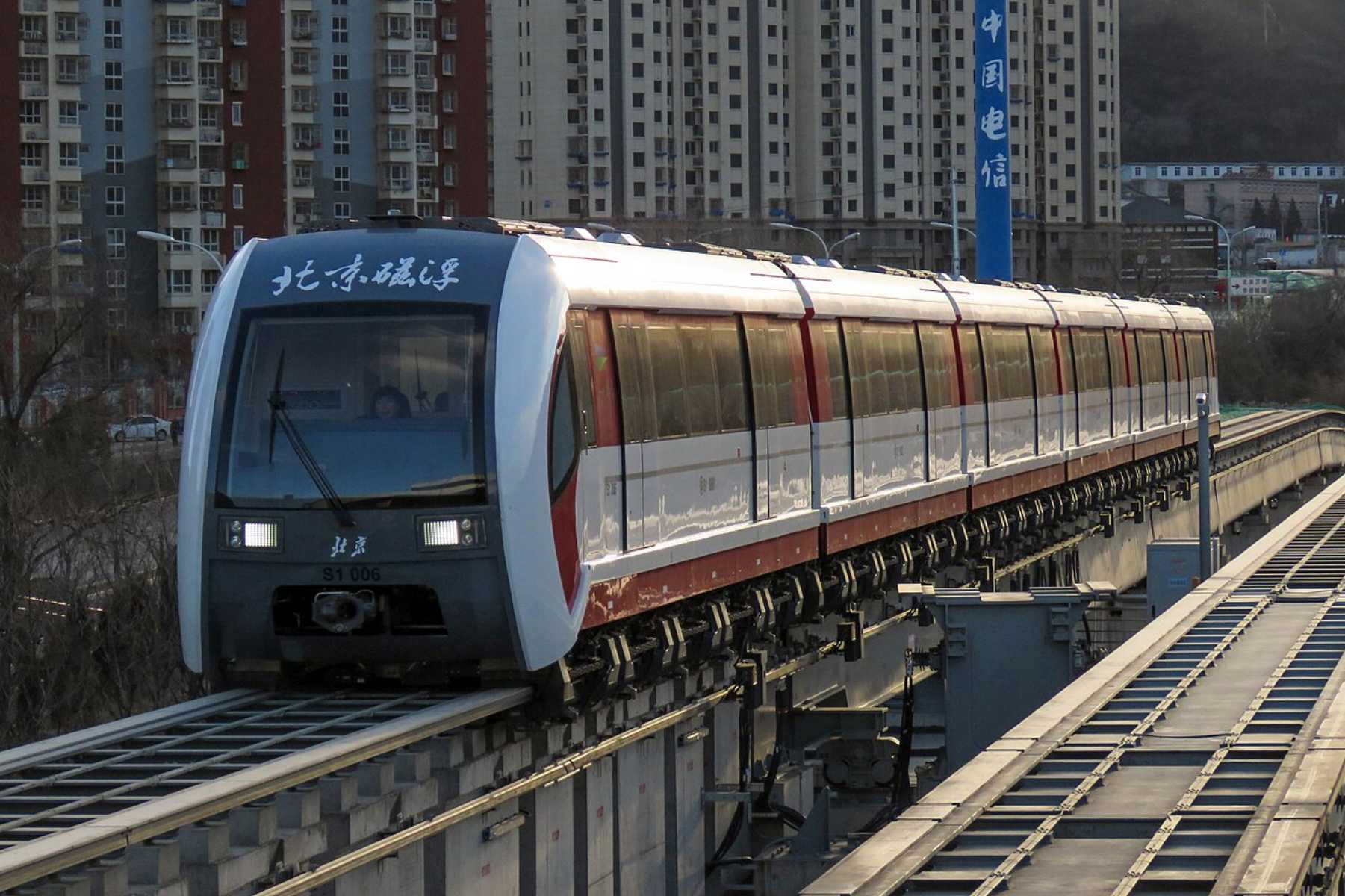
One of the best things about the Beijing Subway is how easily it connects you to the city’s top attractions. Whether you want to visit historic landmarks, shop in busy districts, or relax in scenic parks, the metro makes it simple and affordable to explore. Here are some popular places you can reach directly by train:
| Attraction | Metro Line | Nearest Station | Why Visit |
|---|---|---|---|
The Forbidden City / Tian’anmen Square | Line 1 | Tian’anmen East or Tian’anmen West | The heart of Beijing, home to the Imperial Palace, grand squares, and centuries of history. |
Temple of Heaven | Line 5 | Tiantan East Gate Station | A UNESCO site where emperors once held ceremonies for good harvests. |
Summer Palace | Line 4 | Beigongmen Station | A peaceful lakeside garden filled with temples, bridges, and royal halls. |
Lama Temple (Yonghe Temple) | Line 5 | Yonghegong Lama Temple Station | One of the most beautiful Buddhist temples in Beijing, known for its detailed carvings and statues. |
Wangfujing Shopping Street | Line 1 or Line 8 | Wangfujing Station | Famous shopping street with both luxury brands and local snack stalls. |
Olympic Park (Bird’s Nest & Water Cube) | Line 8 | Olympic Sports Center Station | Visit the iconic stadiums from the 2008 Olympics and enjoy wide open park spaces. |
Beijing Zoo | Line 4 | Beijing Zoo Station | Great for families, with pandas and over 400 animal species. |
798 Art District | Line 14 | Jiangtai Station | A trendy art zone filled with galleries, cafés, and modern exhibitions. |
Beijing Universal Resort | Line 7 | Universal Resort Station | A major theme park with movie-themed rides and family attractions. |
Beijing Capital International Airport | Airport Express | Dongzhimen Station (transfer) | The fastest way to reach Terminals 2 and 3 from downtown. |
Beijing Metro Fares & Tickets
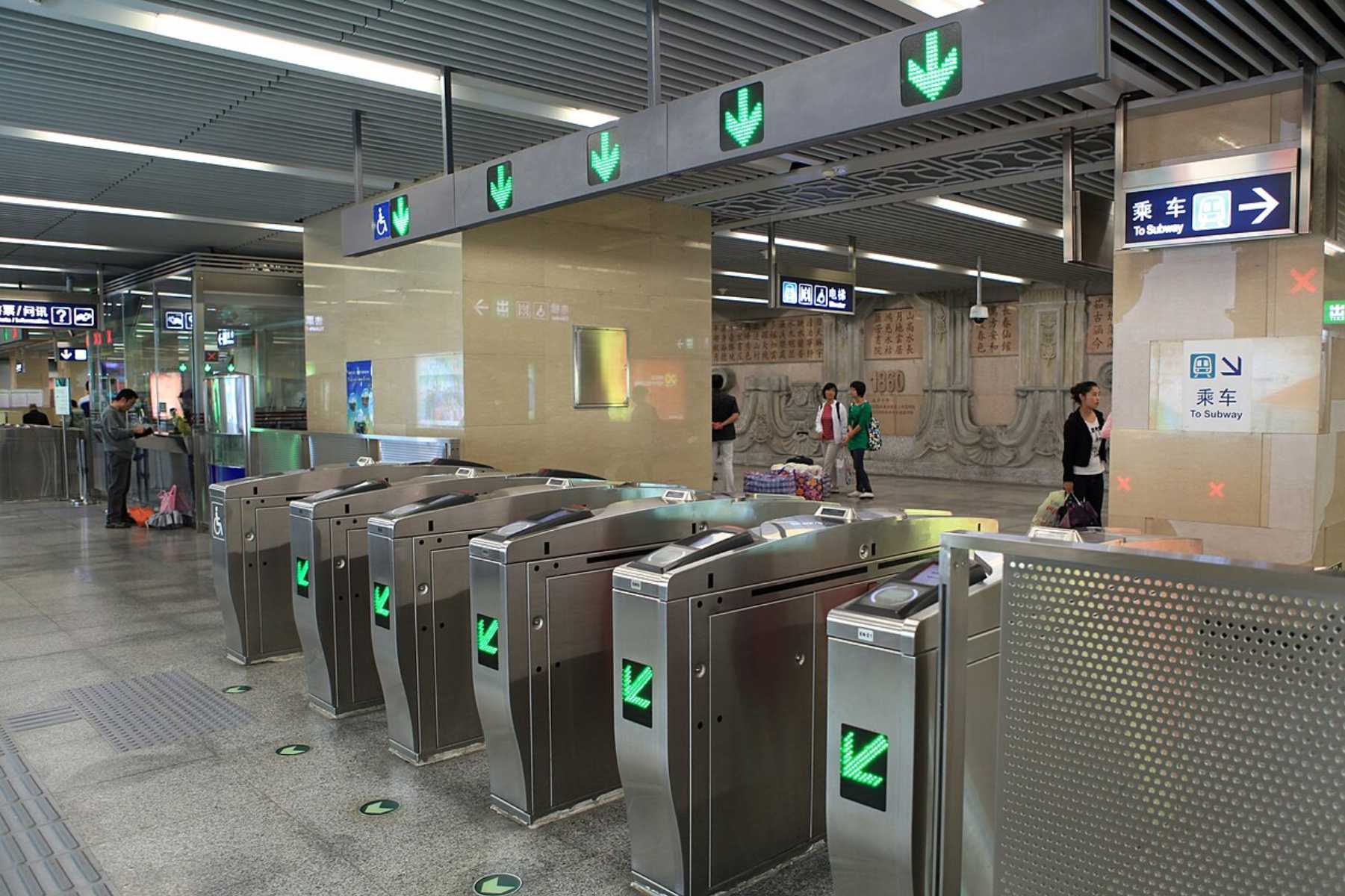
How Much Is the Fare?
The Beijing Subway uses a distance-based fare system, which means the longer you travel, the higher the fare.
- First 6 km: ¥3 (around ₱24)
- 6–12 km: add ¥1 (₱8)
- 12–22 km: add ¥1 every 10 km
- Over 32 km: add ¥1 every 20 km
- Maximum fare: usually around ¥9–¥10 (₱72–₱80) for very long rides
Children under 1.3 meters tall can ride for free when accompanied by an adult.
You must complete your trip within 4 hours after entering the metro gates.
Ticket & Card Options
| Ticket Type | How It Works | Price | When to Use |
|---|---|---|---|
Single-Journey Ticket (Token) | Buy from ticket machines. Select your destination, pay, and get a small round token. Tap at the entry gate and insert it when you exit. | ¥3–¥9 (~₱24–₱72) | Best for short or one-time rides. |
Beijing Yikatong Card | A rechargeable smart card used on the metro, buses, and some taxis. Tap in and out for quick entry. | ¥20 deposit + stored value | Great for frequent travelers and locals. Small fare discount applies. |
1-Day Pass | Unlimited metro rides for 24 hours from the first entry. | ¥20 (~₱160) | Ideal for tourists exploring multiple places in one day. |
3-Day Pass | Unlimited metro rides for 72 hours from the first use. | ¥50 (~₱400) | Good for visitors staying a few days in Beijing. |
QR Code via App (WeChat / Alipay / Beijing Metro App) | Scan the QR code at the gate for easy, cashless travel. | Same as regular fare | Convenient for travelers with mobile payment apps. |
Recommended eSIMs Options for China
Getting Around Beijing Made Easy
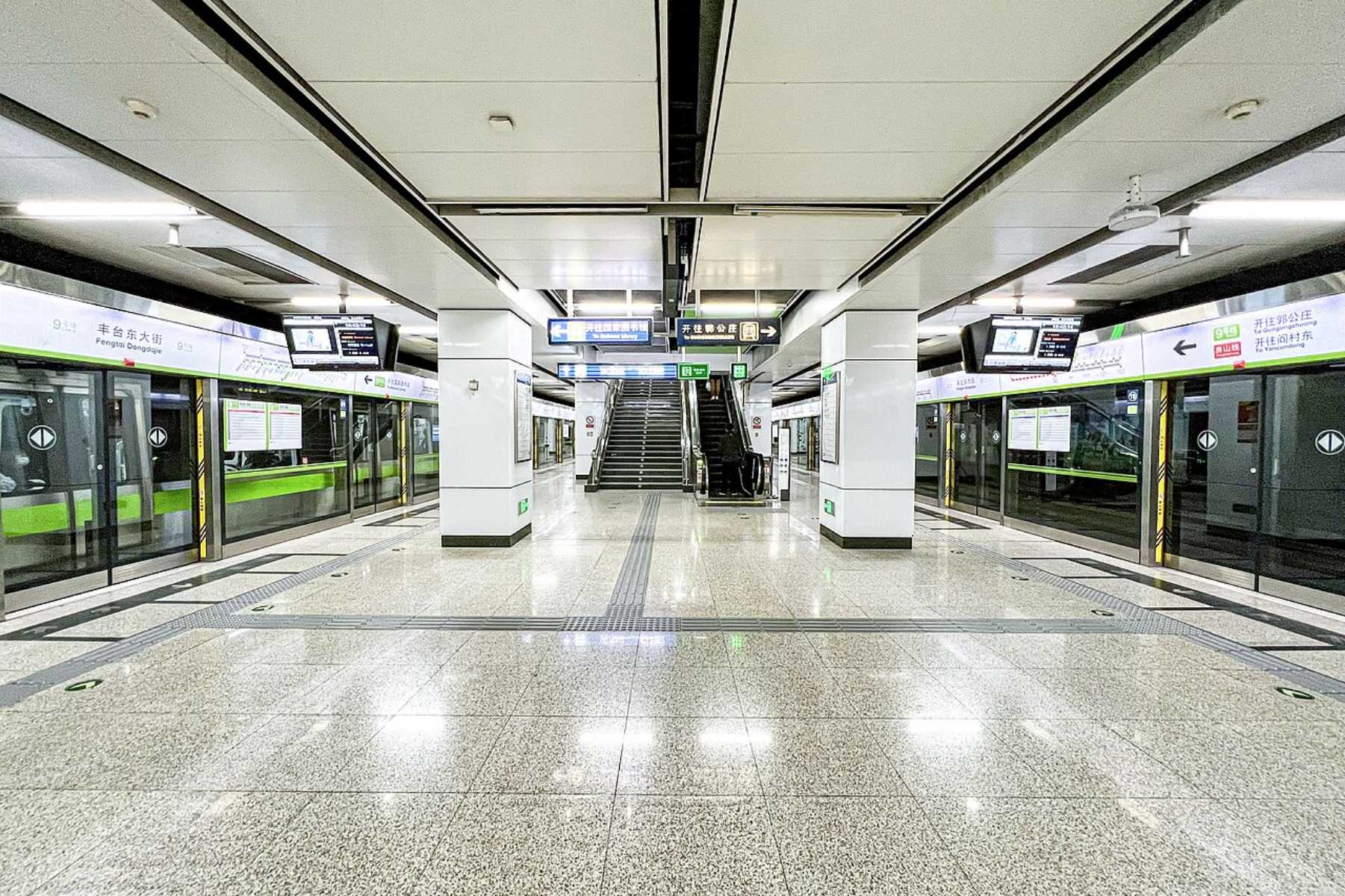
For Filipinos visiting Beijing, the metro is one of the easiest and most affordable ways to explore the city. With a Yikatong card or a day pass, you do not need to buy a single ticket every time you ride. This saves both time and effort, especially if you plan to visit several attractions in one day.
The subway takes you close to many popular spots such as Tian’anmen Square and the Forbidden City for history, Wangfujing for shopping, Temple of Heaven for culture, and the Summer Palace if you want peaceful garden views. Signs and announcements are in both Chinese and English, so it is easy to navigate even for first-time visitors.
Trains are frequent, clean, and reliable, covering almost every district in the city. Whether you are sightseeing, shopping, or meeting friends, the Beijing Subway helps you move around smoothly without worrying about traffic.
🙋♀️FAQs: Beijing Metro Map
Is the Beijing Metro easy for foreigners to use?
Yes. All signs, announcements, and ticket machines include English translations. The system is clean, safe, and well-organized, making it easy even for first-time visitors.How many lines does the Beijing Metro have?
As of 2025, there are 29 lines in operation, covering about 879 kilometers across the city and suburbs.Can I take the metro from the airport to downtown Beijing?
Yes. You can take the Airport Express Line, which runs between Beijing Capital International Airport and Dongzhimen Station in about 30 minutes.Is the Beijing Metro safe?
Yes. The metro is very safe, with security checks at every station and CCTV cameras throughout. It is also family-friendly and suitable for solo travelers.Can I bring luggage on the metro?
Yes, but it must go through the security scanner before entering. Large suitcases are allowed but may be inconvenient during rush hours.
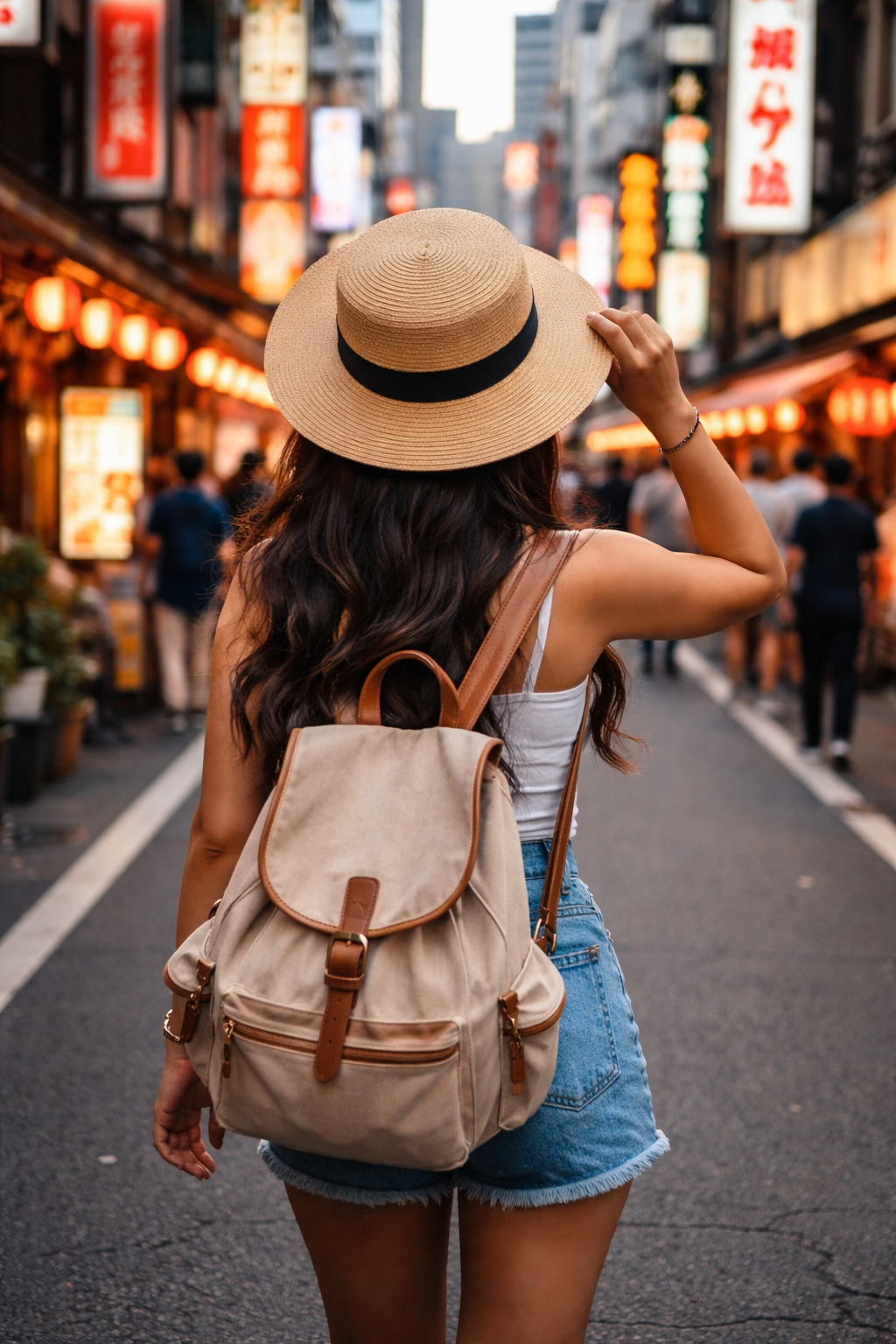
 219 booked
219 booked